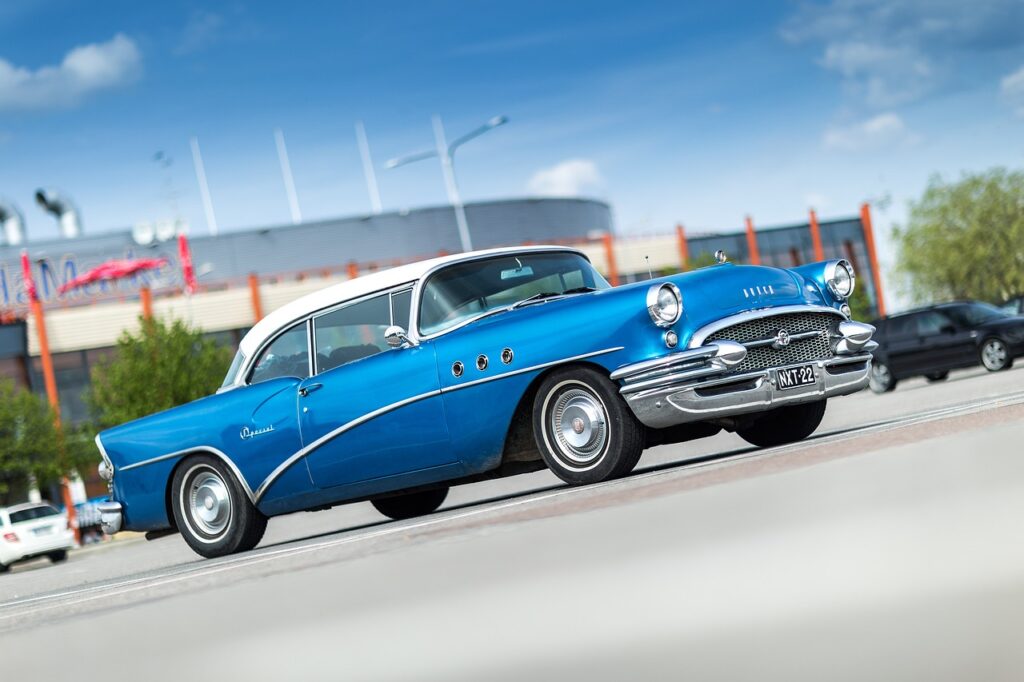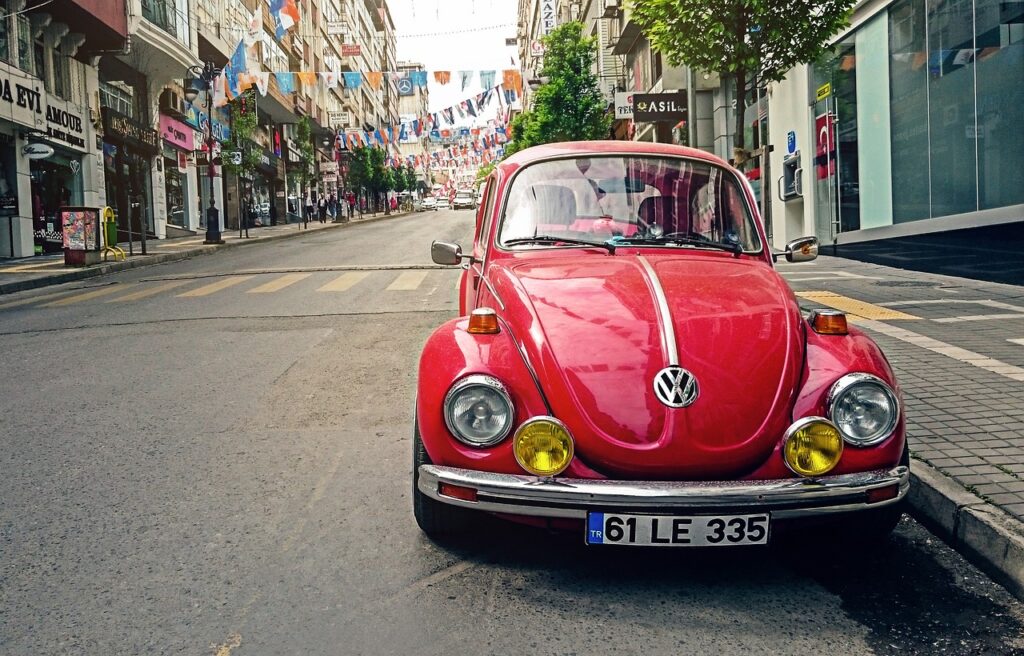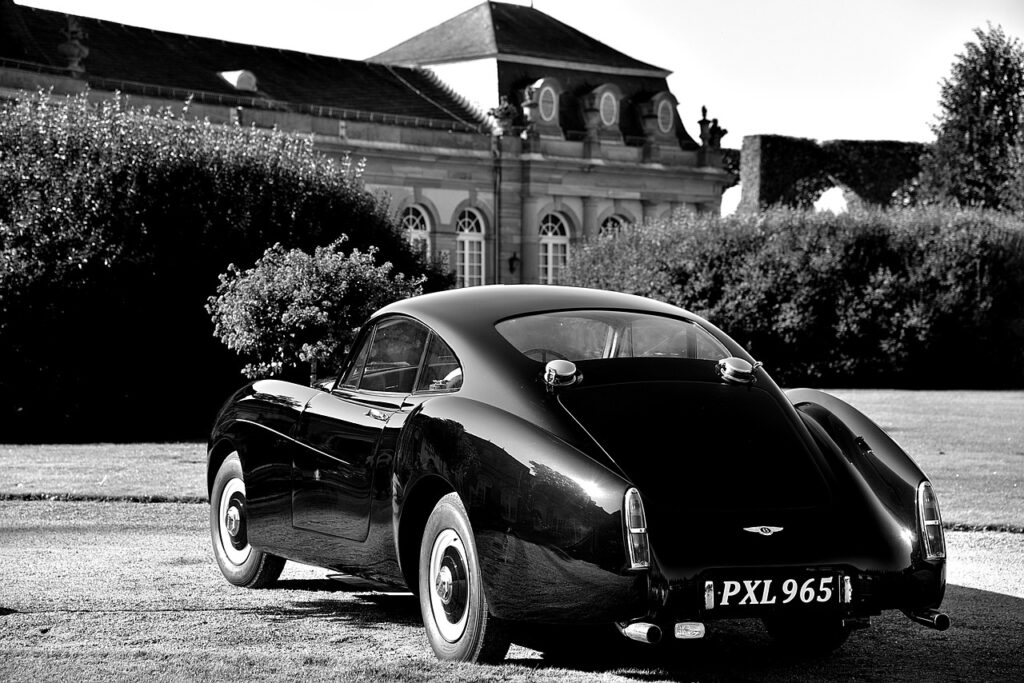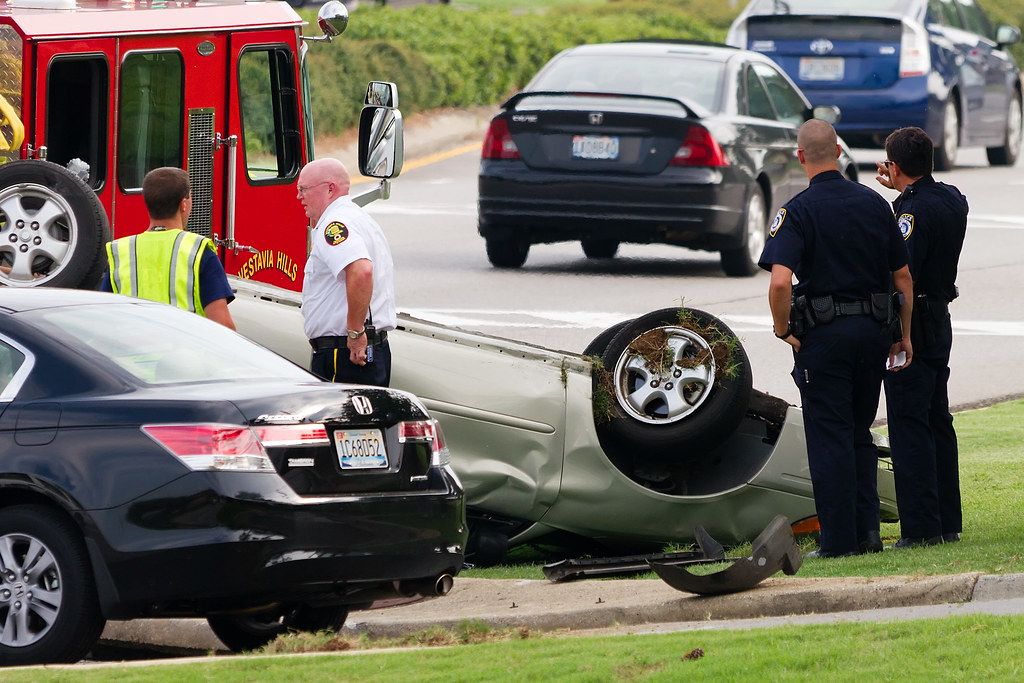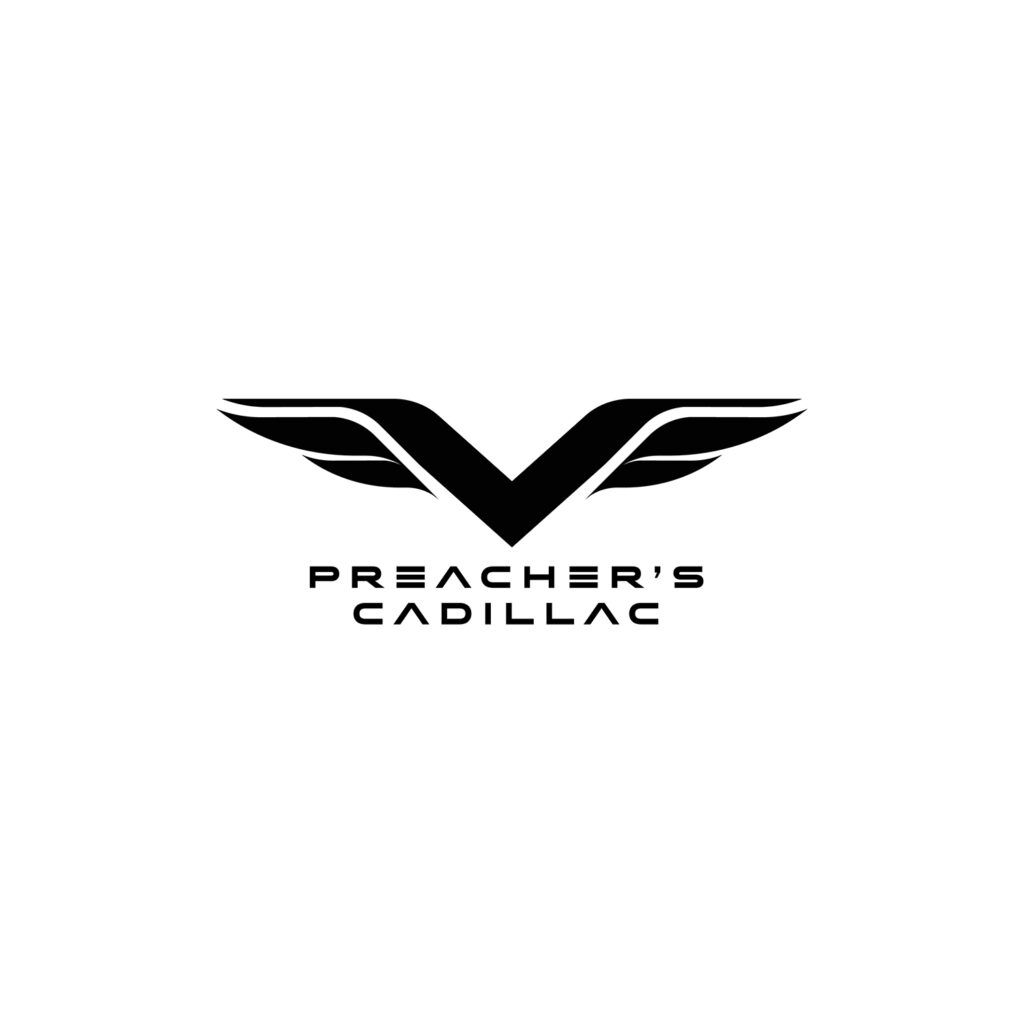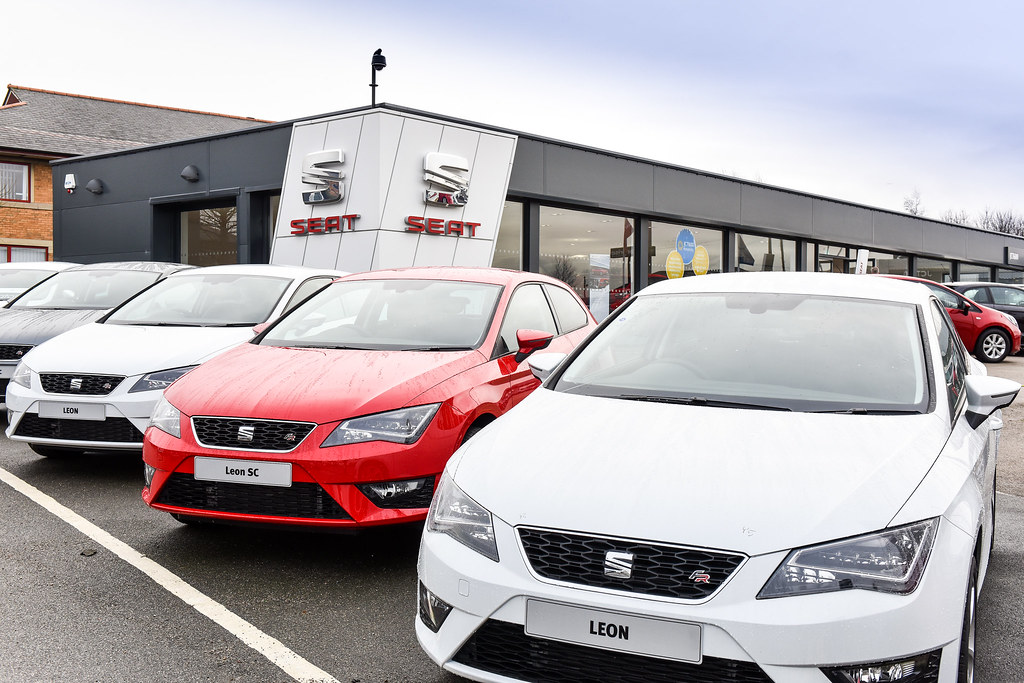The collector car market, a vibrant and dynamic ecosystem fueled by passion and provenance, has navigated a remarkable journey between 2020 and 2023. Following a period marked by significant volatility and unpredictable price swings, the market has, by 2025, settled into what many are calling a new normal. This recalibration has seen the dramatic fluctuations of the recent past give way to more modest changes, ultimately fostering conditions that are both more sustainable and, crucially, more predictable for enthusiasts and savvy collectors alike.
While newer investors might have savored the rapid gains of the pandemic era, the current environment presents a welcome equilibrium. This shift signifies a maturation of the market, where considered purchases and long-term enjoyment are taking precedence over speculative frenzies. The lessons embedded within recent auction performance, market indices, and observed buyer behaviors offer invaluable insights into the health and future trajectory of this captivating segment.
To truly grasp the essence of today’s collector car landscape, one must look closely at the data and narratives emerging from the auction block and dealer lots. These insights, meticulously tracked and analyzed by experts, unveil a story of stabilization, evolving preferences, and strategic adaptation across the industry. Let us delve into the key indicators that define this fascinating transition, starting with the overarching market stability that has taken root.
1. **The New Normal: Market Stabilization and Predictability**The most significant overarching theme in the collector car market from 2023 through 2025 has been a pronounced movement towards stabilization. After experiencing substantial gains during the COVID-era, the market witnessed a gradual retreat, giving back a considerable portion of that rapid appreciation. This correction has continued into 2025, yet with a key difference: monthly changes are now notably smaller, as meticulously tracked by the Hagerty Market Index.
This trend suggests that while prices may have pulled back from their absolute peaks, the market is no longer in freefall. Instead, it is firmly establishing a new equilibrium. Despite the market currently standing at approximately the same level it was at the beginning of 2022, the crucial takeaway is the evident ‘locking into a new level.’ This signals a fundamental shift from reactive price surges and corrections to a more measured and resilient valuation framework.
For participants, this translates into a less volatile environment, reducing the uncertainty that can deter both seasoned collectors and those new to the hobby. The era of wild, unpredictable swings appears to be behind us, paving the way for a market driven more by intrinsic value and genuine enthusiast demand than by speculative momentum. This newfound steadiness provides a more reliable foundation for long-term enjoyment and strategic acquisition.
2. **Slowing Price Fluctuations: Predictability Returns**Further reinforcing the theme of market stabilization is the significant slowdown in price fluctuations, bringing a welcome sense of predictability back to the collector car segment. The average auction sale price has remained essentially unchanged from a year ago, a strong indicator of this newfound steadiness. Similarly, the average asking price from collector car dealers has held firm, reflecting a consensus on valuations.
While the average list price did fall by 9% from its 2023 high-water mark, the critical point is the nature of the adjustments observed in 2025. These monthly changes have been considerably smaller when compared to the more dramatic shifts seen in 2024. This sustained trend underscores the market’s trajectory towards a more predictable and less turbulent state.
Such an environment is beneficial for both buyers and sellers, enabling more informed decision-making and mitigating the risk of sudden, unexpected value depreciation. The cooling market is not a crash, but rather a deliberate settling into stability, where valuations are more grounded and less susceptible to external shockwaves. This predictability is a cornerstone of a healthy and sustainable market.
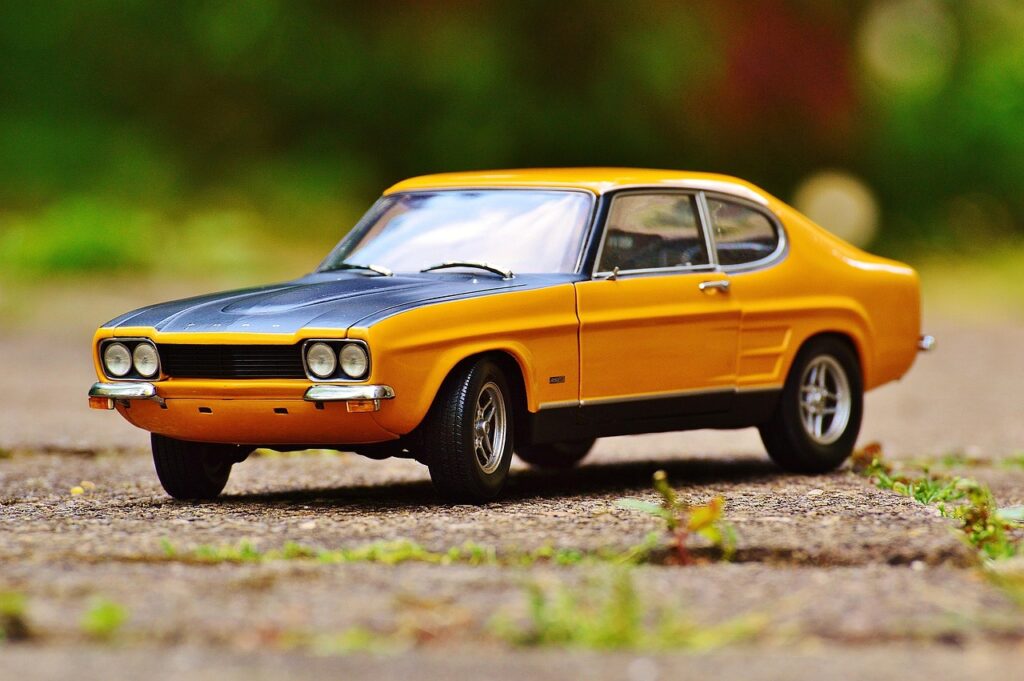
3. **Buyer Behavior: The Rise of Patience and Selectivity**As the market settles into a more consistent rhythm, a distinct shift in buyer behavior has become evident. Enthusiasts are no longer driven by the urgency that characterized the hotter periods, opting instead for a more considered approach. Dealers have various terms for this — some call it ‘selectivity,’ others ‘patience’ or even ‘pickiness’ — but the underlying message is clear: more consistent pricing has significantly reduced the need for hurried decisions.
Collectors are acutely aware that the market is equalizing, and they are demonstrating a strong willingness to wait for precisely ‘the right car, in the right condition, at the right price.’ This discerning attitude is backed by tangible evidence; the amount of time vehicles are remaining on collector car dealer lots has reached its highest point in the last seven years. This extended ‘dwell time’ is a direct reflection of buyers performing greater due diligence and exercising their newfound leverage.
Yet, it’s important to note that this patience doesn’t imply stagnation. Ultimately, buyers and sellers remain active participants, continuing to agree on prices and facilitate transactions. In fact, while slightly fewer vehicles have been offered at auction globally this year compared to 2024, a slightly greater number have actually sold. This increased sell-through rate eloquently illustrates that a slower-moving market does not deter engagement; rather, it cultivates a more efficient and thoughtful marketplace where both parties are on the same page regarding value and expectations.
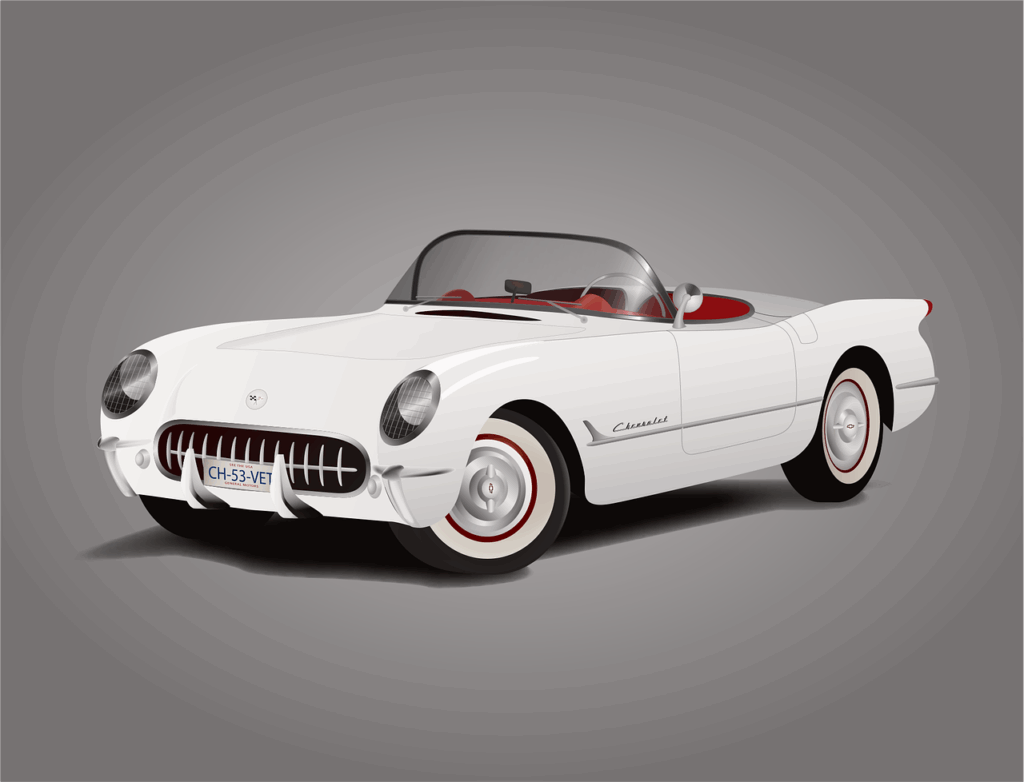
4. **RM Sotheby’s: Leading the High-End with Record Sales**In the elite echelon of collector car auctions, RM Sotheby’s continues to solidify its position as a dominant force, particularly within the high-end segment. The firm has delivered truly outstanding results, with 2023 and 2024 described as “record-breaking years” marked by significant achievements. Their consistent performance underscores the enduring appetite for blue-chip, investment-grade vehicles amongst the most discerning collectors.
In 2023, RM Sotheby’s notched multiple world-record sales, prominently featuring a 1962 Ferrari 330 LM/250 GTO that sold for an astonishing $51.7 million. This transaction stands as the second-highest price ever paid for a car at auction, a testament to the unparalleled value placed on such automotive masterpieces. Their Monterey 2023 auction further showcased this momentum, bringing in $164 million with an impressive 86% sell-through rate, making it the third-highest Monterey total in the company’s history.
This formidable trajectory carried robustly into 2024, a year RM Sotheby’s described as “monumental.” The house achieved over $887 million in global sales, marking one of its most successful years ever, accompanied by an exceptional 96% sell-through rate across its live, online, and private auction platforms. The scale of their success is further highlighted by dozens of cars selling above the $1 million mark, with high-profile collections, such as the “Dare to Dream” collection, driving record results.
Beyond domestic triumphs, RM Sotheby’s has also actively expanded its international footprint, launching new events in Dubai and other key global regions. These remarkable figures collectively underscore RM Sotheby’s unwavering market leadership and the continued robust demand that exists for the world’s most coveted and historically significant collector cars. Their ability to consistently deliver such results, even amidst broader market adjustments, speaks volumes about the enduring strength of the top-tier segment.
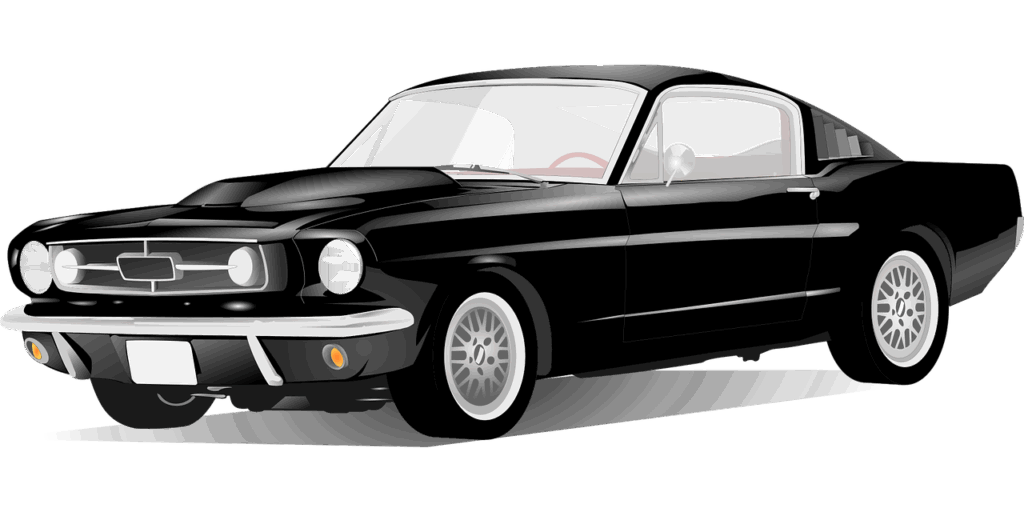
5. **Gooding & Company’s Strategic Growth and New Alliance**Another stalwart in the premium auction landscape, Gooding & Company, known for its prestigious events at Pebble Beach and Amelia Island, has also demonstrated strong and consistent performance. In 2023, Gooding achieved a total of $194 million in sales, complemented by a stellar 93% sell-through rate. During that year, they set numerous model records and notably sold the most valuable car in Amelia Island history – a magnificent 1962 Ferrari 250 GT SWB California Spider, which fetched $18.0 million.
Despite the broader market experiencing a period of cooling, Gooding & Company observed that demand remained “especially strong for the uppermost echelon of offerings.” This highlights a clear trend where the very best examples of highly desirable vehicles continue to command top prices, largely unaffected by minor shifts in the wider market. Their commitment to curating exceptional consignments clearly resonates with affluent collectors.
Gooding’s resilience and strategic vision were further evidenced in 2024, as they managed to grow their sales by 5% to $205 million, a remarkable achievement given broader market headwinds. Their top lot for 2024 was a majestic 1938 Alfa Romeo 8C 2900B Spider, selling for $14.03 million. Moreover, they achieved a world-record sale of $12.1 million for a 1903 Mercedes, marking it as the highest price ever for any pre-1930 car.
Perhaps the most significant development for Gooding & Company came at the close of 2024, with the acquisition by famed art auction house Christie’s. This strategic partnership, forming “Gooding Christie’s,” is poised to further expand their reach in 2025, signaling a profound confidence in the collector car segment. This alliance may bring new global visibility and resources to Gooding’s already esteemed auctions, potentially elevating its profile and market presence even further within the luxury collectibles space.
Car Model Information: 2024 Buick Enclave Premium FWD
Name: Ferrari 250 GT , California Spyder
Caption: Ferrari 250 GT California Spyder SWB at the Goodwood Revival 2009.
Manufacturer: Ferrari
Production: 1957–1963,(106 produced)
Assembly: Modena
Designer: Sergio Scaglietti
Class: Sports car
BodyStyle: Roadster (automobile)
Layout: Longitudinal engine,Front-engine, rear-wheel-drive layout#Front mid-engine, rear-wheel-drive layout
Engine: Ferrari Colombo engine
Related: Ferrari 250 GT Berlinetta
Transmission: Manual transmission
Wheelbase: 2600 mm
Abbr: on (dry)
Weight: 1100 kg
Successor: Ferrari Daytona
Categories: 1950s cars, 1960s cars, Articles with short description, CS1 maint: others, Cars introduced in 1957
Summary: The Ferrari 250 GT California Spyder is a sports car developed by the Italian automotive company Ferrari. It is presented by the brand as Ferrari 250 Gran Turismo Spyder California or simply Ferrari 250 California. It was designed by Sergio Scaglietti, who adapted the styling of the 250 GT Pininfarina, and was produced by Carrozzeria Scaglietti. The model gained considerable recognition following its appearance in the 1986 film Ferris Bueller’s Day Off.
The 250 GT California Spyder is a convertible version of the contemporary Berlinetta. It is powered by the traditional Ferrari V12 engine and was produced in approximately 100 units, nearly equally split between long wheel-bases (LWB) versions from 1957 to 1960 and short wheelbase (SWB) versions from 1960 to 1963.
At auction French actor Alain Delon sold for nearly EUR 16.3 million in February 2015 Christies sold a rare variant for USD 25 million at 2025 Monterey Car Week.
Get more information about: Ferrari 250 GT California Spyder
Buying a high-performing used car >>>
Brand: Ferrari Model: 250 GT SWB California Spider
Price: $29,997 Mileage: 37,001 mi.
6. **Bonhams and Broad Arrow: Adapting to a Dynamic Market**Bonhams, a long-established British auction house with a formidable international presence, has adeptly navigated the evolving collector car market, leveraging its reach from the U.S. to Europe. In 2023, Bonhams secured one of the year’s most headline-grabbing sales at its Quail Lodge auction in Monterey: a rare 1967 Ferrari 412P Berlinetta, one of only two ever built, which sold for an impressive $30.26 million. This monumental sale established it as the fourth most valuable Ferrari and the fifth most valuable car ever sold at public auction, underscoring Bonhams’ capacity to attract and successfully auction top-tier consignments.
While Bonhams’ overall 2023 totals experienced a slight dip from the previous year’s peak, a trend observed across broader Monterey results, the house demonstrated consistent strength in its European venues and niche sales. Bonhams has also proactively embraced digital platforms, notably acquiring The Market, a digital auction site, to complement its traditional live sales. The continued hosting of prestigious events like the Goodwood Revival and Paris Retromobile sales, coupled with high sell-through rates and record prices for certain models, firmly cemented Bonhams’ status as a crucial bridge within the transatlantic collector car communities.
In stark contrast to Bonhams’ storied history, Broad Arrow Auctions represents a rising newcomer, having launched only in 2021 with significant backing from Hagerty. This agile entrant has rapidly gained traction by strategically catering to emerging segments and a younger demographic of collectors. Their results reflect a swift and impressive growth trajectory: their inaugural Amelia Island sale in 2023 generated $31 million with an 81% sell-through rate, notably led by modern collectibles such as a McLaren P1 that sold for $2.43 million.
By 2025, Broad Arrow’s Amelia Island auction had more than doubled that initial figure, achieving a remarkable $61.7 million in sales with 88% of lots sold. The top sale at Amelia 2025 was a Ferrari 250 GT LWB California Spider Competizione, commanding $9.47 million, marking the most expensive car Broad Arrow has ever sold. Other significant 2025 sellers included a 1971 Lamborghini Miura SV for $4.46 million and a 2018 Pagani Huayra for $3.42 million, clearly showcasing their appeal to buyers interested in both classic and modern exotica.
Broad Arrow’s energetic and innovative approach, which includes live streaming, youthful branding, and events cleverly tied to car shows, is unequivocally paying dividends. Hagerty’s support has played a crucial role in amplifying their exposure; their 2025 Amelia auction, for example, saw record bidder registration and was watched by thousands online. In a remarkably short period, Broad Arrow has cemented its position as a serious competitor, brilliantly illustrating how strategic innovation and targeting new demographics can lead to significant success and reshape the landscape of the auction arena.
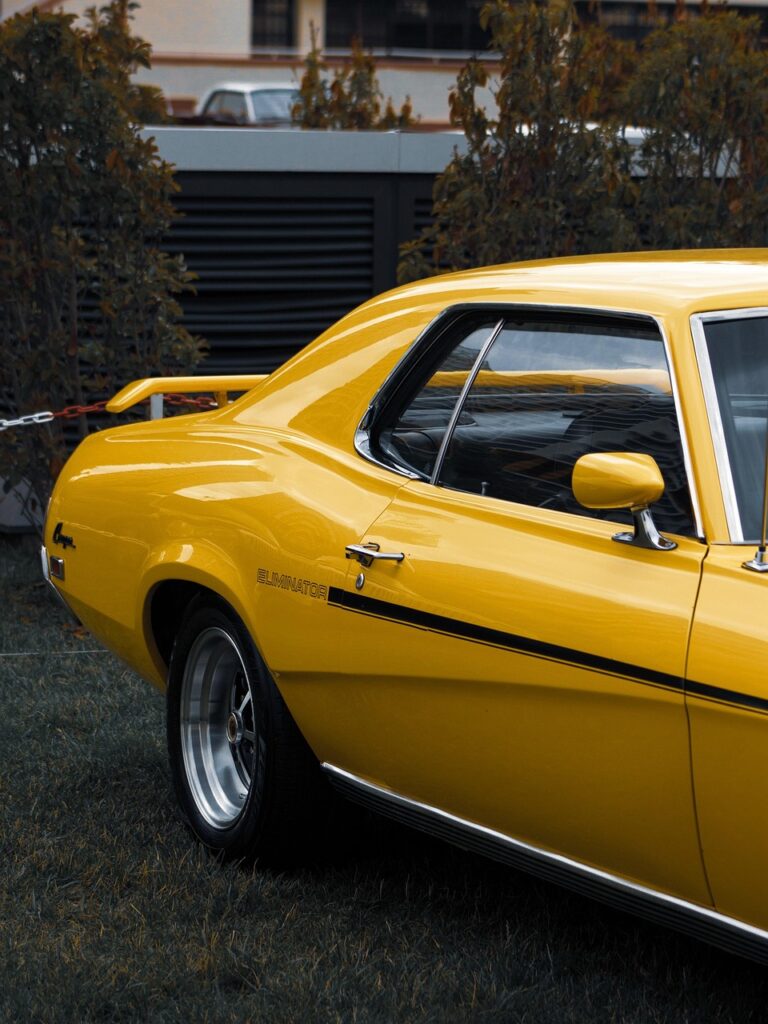
7. **The Ascendancy of Online Auction Platforms**One of the most profound and dramatic transformations within the collector car market in recent years has been the undeniable ascendancy of online auction platforms, fundamentally altering traditional buying and selling behaviors. While sites like Bring a Trailer (BaT) were already experiencing rapid growth prior to 2023, the year 2024 marked a definitive tipping point, cementing the digital marketplace as a dominant force.
For the first time in the market’s history, the total number of cars offered online in 2024 more than doubled that of traditional live auctions. This shift wasn’t merely in volume; online auction transactions globally outnumbered live transactions by an astounding 72%. Crucially, the dollar volume of online sales also surpassed live auction sales in 2024 for the first time, exceeding them by approximately $34 million in North America alone. This represents a monumental change from just a few years prior, when live, marquee events like Pebble Beach traditionally commanded the highest value totals.
Bring a Trailer’s trajectory perfectly encapsulates this trend. In 2024, BaT facilitated over 45,000 auctions, exceeding $1.5 billion in sales, marking its third consecutive year above the $1 billion threshold. The platform averaged more than 800 auctions per week, occasionally peaking at 1,000 auctions during particularly busy periods. Furthermore, it attracted hundreds of thousands of new users, vividly demonstrating how online platforms are successfully drawing fresh blood into the collector car market, broadening its appeal and accessibility.
The convenience of bidding from home, coupled with lower logistics costs and the accelerated adoption of digital transactions during the pandemic, have all coalesced to create a permanent shift in buyer behavior. Beyond BaT, other online-only sites such as Cars & Bids (focusing on modern enthusiast cars) and Collecting Cars (prominent in Europe), alongside hybrid models like RM Sotheby’s “Sealed” private online bids, have further expanded the digital marketplace, offering diverse options for collectors worldwide.
It is important to acknowledge, however, that live auctions still retain their dominance for the very top-tier sales; none of the 10 most expensive cars sold in 2024 were transacted online. High-end sellers often favor the curated, high-profile environment of an in-person event for seven- or eight-figure cars, and some buyers feel a greater comfort level in placing such substantial bids within the live auction room. Nevertheless, the fundamental gap between online and live sales has definitively narrowed, and looking ahead, we can anticipate online platforms to continue handling an ever-growing share of collector car transactions, reshaping how vehicles are bought and sold.
Having established the foundational shifts and the performance of key players, our journey into the collector car market’s present and future now turns to the crucial trends defining its current state. These insights are not merely observations; they are invaluable lessons for anyone looking to navigate this intricate world with confidence, whether you’re a seasoned enthusiast or just dipping your toes into collecting. Let’s delve into the forces that are truly shaping value and perception today.
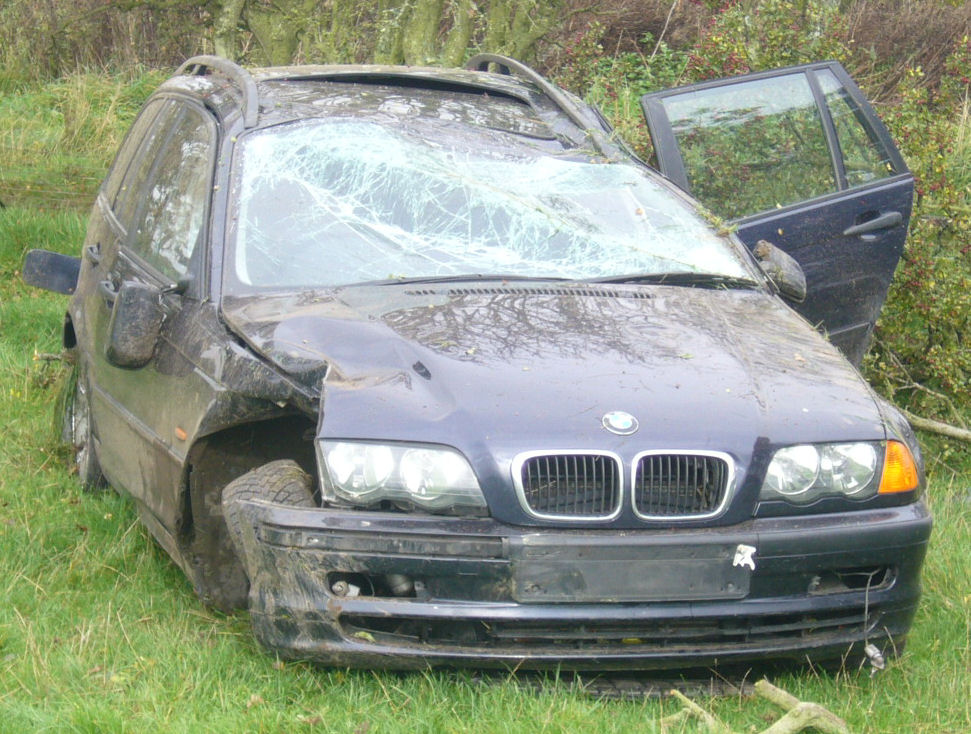
8. **Post-Pandemic Market Stabilization: A Healthy Correction**The exuberant run-up in collector car prices that characterized 2021 and 2022 began to level off significantly by 2023, initiating what experts termed an “overall resetting…to stability” that extended well into 2024. This period witnessed a “general slow-down of sales” compared to the preceding “bullish years,” signaling a necessary recalibration rather than a market collapse. Prices, which had soared during the pandemic, either plateaued or gently pulled back from their absolute peak levels, ushering in a more measured valuation environment.
This trend was vividly illustrated at major auction events. For instance, the 2023 Monterey auctions grossed approximately $400 million with a 68 percent sell-through rate, a considerable step back from 2022’s impressive $473 million and 78 percent sell-through. Many vehicles at Monterey 2023, along with those at other significant events like Scottsdale and Amelia Island, sold for less than their 2022 counterparts or even failed to meet their initial lofty pre-sale estimates. This pattern clearly demonstrated that sellers’ expectations were actively adjusting to more cautious bidding.
What we observed was not a crash, but rather a healthy correction where “rapid appreciation gave way to a healthy correction.” The market gracefully “leveled off” to a more sustainable pace, with stability definitively replacing rapid growth. By 2024, Hagerty’s market rating data indicated the collector car market was essentially flat, returning to roughly its pre-pandemic activity levels. This cooling-off phase was largely welcomed, effectively “weeding out” pure speculators and fostering a market where values are more robustly justified by fundamentals.
For new investors, this means navigating a more rational market, one less prone to the extreme bidding wars on ordinary cars that were common just a couple of years ago. It underscores a shift from speculative fervor to a more grounded appreciation for intrinsic value and provenance, making calculated acquisitions both more feasible and more rewarding.
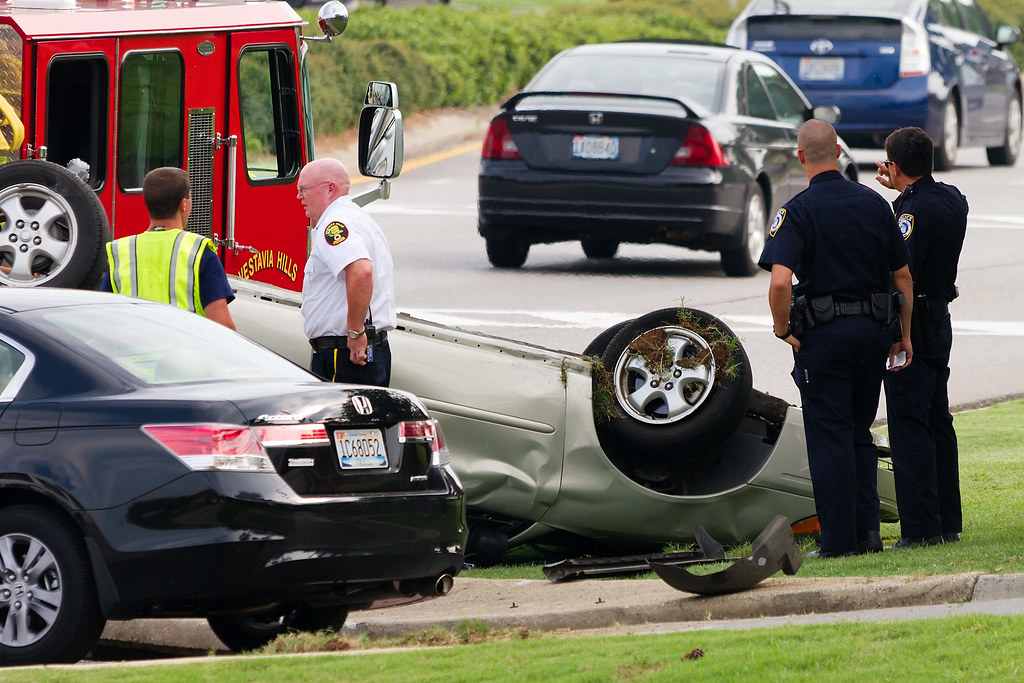
9. **Continued Strength of Ultra-High-Value Cars: The Unyielding Top-Tier**Amidst the broader market’s moderation, an undeniable truth has persisted: the very best and rarest collector cars continue to command record-breaking prices, demonstrating their remarkable resilience. These “once-in-a-lifetime” vehicles remain highly coveted by affluent collectors, who are consistently willing to pay a premium. Auctions serve as the quintessential stage for these headline-grabbing sales, where automotive masterpieces cement their place in history with staggering figures.
Numerous examples underscore this unwavering demand. In 2023, RM Sotheby’s achieved a landmark sale with a 1962 Ferrari 330 LM/250 GTO, fetching an astonishing $51.7 million, making it the second-highest price ever paid for a car at auction. Another highlight from late 2023 was the sale of Lewis Hamilton’s 2013 Mercedes F1 car for $18.8 million, setting a new benchmark as the most valuable modern-era Formula 1 car ever sold. Bonhams also made waves in 2023 with the sale of a 1967 Ferrari 412P for $30.3 million, ranking it among the most expensive auction sales of the decade.
Gooding & Company similarly reinforced this trend, achieving over $14 million for a 1938 Alfa Romeo 8C in 2024 and setting multiple model records, ranging from pre-war classics to 1990s supercars. Their monumental $12.1 million sale of a 1903 Mercedes-Simplex 60HP established a world record for any antique car. Even online platforms, initially perceived as lower-tier, have witnessed their share of big-ticket transactions, such as a 2017 Ferrari LaFerrari Aperta selling for $5.36 million on Bring a Trailer and a Bugatti Chiron bringing $4.1 million in 2023, proving that even digital bidders will pay top dollar for exceptional cars.
The clear lesson here is that truly exceptional vehicles are largely “market-proof.” Even in a cooler economic climate, “special cars will always garner top prices in any market,” acting as powerful anchors for the entire industry. These blue-chip collectibles not only set new benchmarks but also actively buoy seller confidence and consistently capture media attention, thereby sustaining and invigorating broader interest in the collector car hobby.
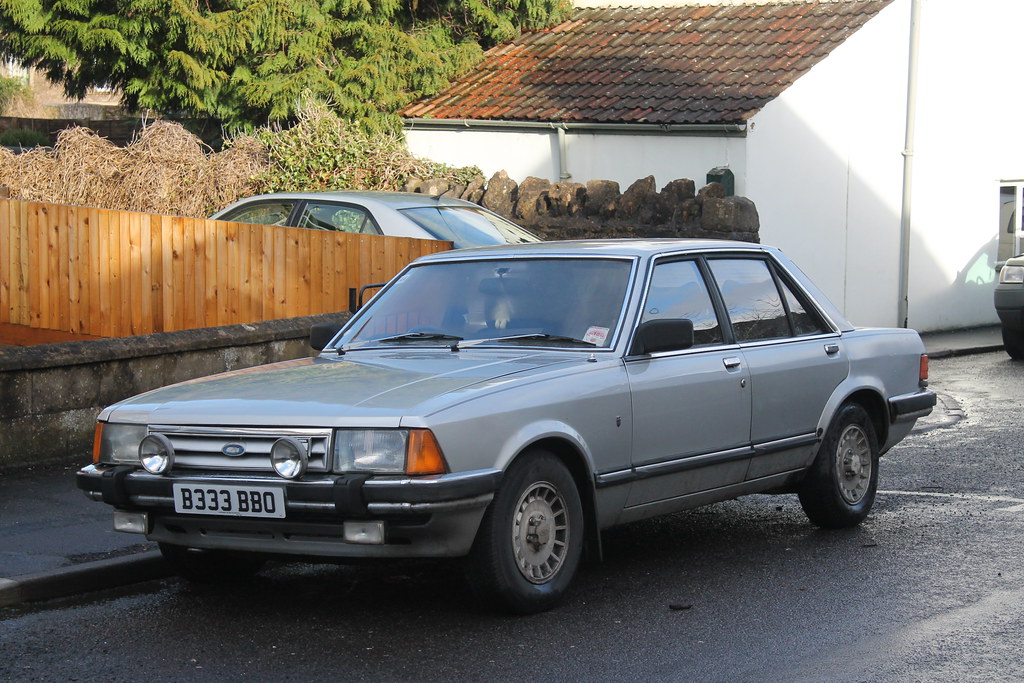
10. **Generational Shifts in Collectibility: The Broadening Definition of ‘Classic’**The demographics of the collector car market are undergoing a gradual but significant transformation, influencing which vehicles are considered desirable and valuable. Younger enthusiasts, encompassing Gen X, Millennials, and Gen Z, now constitute a growing and increasingly influential segment of buyers. By 2024, Gen Z, those born after 1996, accounted for approximately nine percent of Hagerty’s insurance quotes, nearly tripling the share held by pre-baby boomers. This under-40 cohort, when combined with Millennials, represents roughly 30 percent of the market by activity, a figure that is steadily on the rise.
As these younger collectors increasingly assert their buying power, we are witnessing a marked surge in the collectability of cars from the 1980s, 1990s, and 2000s. Many models once dismissed as “too new” or simply ordinary have now ascended to auction stardom, primarily because they resonate deeply with younger buyers’ nostalgia. Iconic examples include 1990s Japanese sports cars, vintage SUVs and trucks, early supercars, and even modern manual-transmission sports cars, all of which have seen their values soar.
Hagerty’s meticulous tracking illustrates this phenomenon through new price indexes established for categories such as vintage trucks, Japanese classics, the 1980s–90s “RADwood” era cars, and modern supercars. These segments have collectively climbed by an impressive 42 to 73 percent in value over the past five years, significantly outpacing traditional segments like 1950s blue-chip classics or Ferraris, which have remained flat or even experienced slight declines during the same period. This “modern classic” wave directly reflects younger buyers gravitating toward the cars they grew up dreaming about, whether it’s a 1980s Lamborghini Countach, a 1995 Acura NSX, or a 2000s BMW M3.
Auction houses have keenly observed this shift, with more “youngtimer” collectibles prominently featured in major sales and frequently achieving record prices. Broad Arrow’s catalog, for instance, strategically focused on this “younger segment” at its Amelia sale, showcasing vehicles like a pair of AMG Hammer Mercedes and modern Porsches, which yielded strong results. This generational evolution signifies that the market is slowly moving beyond being solely dominated by the 1930s–60s cars cherished by older collectors. While those classic eras will always hold a place of honor, the definition of “classic” is broadening, welcoming a diverse array of vehicles into the fold of highly desirable collectibles.
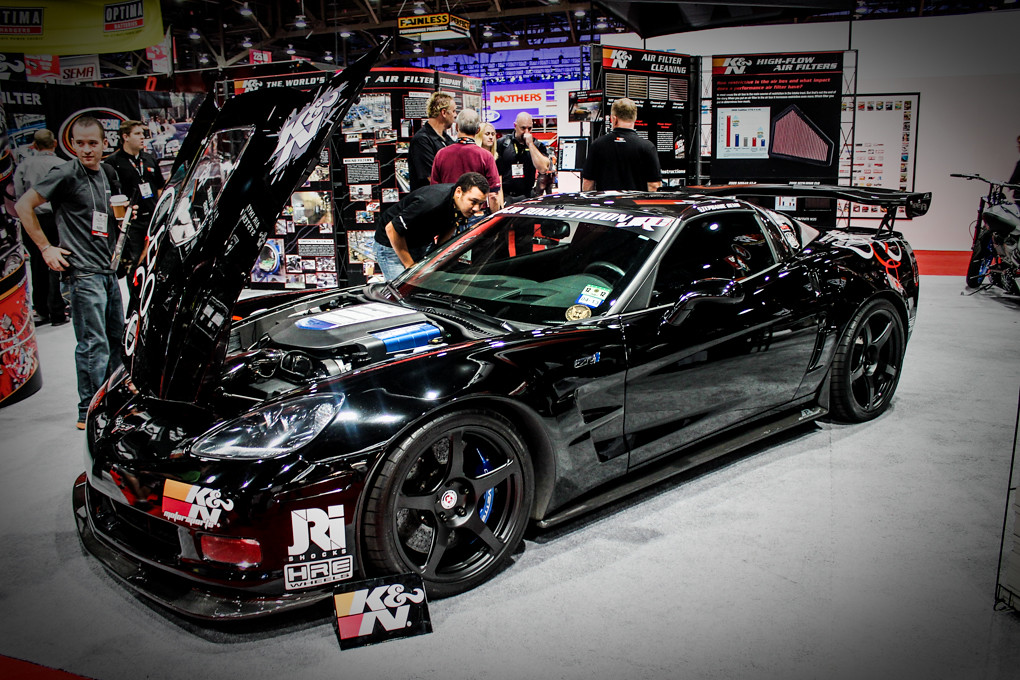
11. **Nuanced Market Sentiment: Selective but Strong**The market sentiment spanning 2023 to 2024 is frequently characterized as “cautious but healthy.” Following the intense “feeding frenzy” of previous years, buyers have become considerably more selective about the cars they are willing to bid on. Nevertheless, genuinely high-quality or exceptionally rare vehicles continue to sell very well, often with strong competition.
Industry experts in mid-2024 described the market as being “not balanced too strongly in favor of buyer or seller,” implying a return to a more rational and even-keeled state compared to the pandemic-era boom. Dave Kinney of the Hagerty Price Guide observed that previously, “everything [was] selling no matter what… that has scaled way back,” indicating that sellers must now price their cars attractively and actively engage buyers to achieve a sale.
Dealers universally note that the market has become “very, very picky right now.” This means that certain cars in less-than-great condition or those with weak provenance might struggle to find buyers, whereas the “good stuff” continues to ignite quick sales. This heightened selectivity is clearly reflected in auction results: many mid-tier cars will only sell if priced below their pre-sale estimates, yet exceptional examples of the very same model can still trigger intense bidding wars, proving that quality reigns supreme.
Ultimately, this shift represents a welcome return to due diligence and realistic pricing, a development that is especially beneficial for newcomers who meticulously do their homework. By late 2024, market sentiment actually saw a slight improvement as economic uncertainty waned, with some experts feeling the market was “in a better place…with increased activity” compared to the more hesitant atmosphere of late 2023. Macroeconomic factors, particularly higher interest rates, played a significant role in tempering the market, effectively removing “artificial froth” and ensuring that those actively buying are true enthusiasts or long-term investors, rather than short-term speculators. In essence, the market mood has evolved from euphoria to a cautious, yet firm, optimism, offering a more predictable and transparent environment for beginners.

12. **Auctions as Price Discoverers and Market Barometers**High-profile auctions transcend their role as mere marketplaces; they are dynamic forces that actively shape the classic car market. For collectors and investors, the auction arena is where true “market value” is often established for rare and significant vehicles, offering public price discovery that reverberates throughout the industry.
When a specific model achieves a notable sale at auction, particularly at a well-publicized event, that price instantly becomes a crucial reference point for buyers and sellers across the globe. For example, RM Sotheby’s sale of a Ferrari 250 GTO for $51.7 million or Gooding & Company’s record price for a 1912 Simplex set definitive benchmarks. Sellers of comparable cars may subsequently adjust their asking prices upward, citing these auction results, while astute buyers integrate these figures into their own valuation calculations. Auction houses routinely publish lists of prices realized, which in turn feed into comprehensive price guides and insurance valuations. In essence, auctions are market-making events; a strong sale can dramatically boost the perceived value of a model overnight, while a high-profile lot failing to sell or selling below its estimate can cast a shadow of doubt over the market strength for that particular car, acting as a real-time reality check for values.
Beyond setting prices, the tone and outcomes of major auction weekends, such as Scottsdale in January, Amelia Island in March, or Monterey in August, often serve as a powerful barometer for annual market sentiment. A string of robust sales characterized by high sell-through rates generates positive buzz, signaling that “the market is hot” and attracting further buyers and sellers into the fray. Conversely, if a traditionally strong auction witnesses numerous no-sales or significant price reductions, it can swiftly introduce a sense of caution across the market. The lower sell-through rate at Monterey 2023, dipping to 68 percent from the prior year’s 78 percent, was a clear signal that the market was applying the brakes.
Enthusiast media and online forums rapidly analyze these auction results, which in turn profoundly influences buyer psychology. Auction companies themselves frequently highlight sell-through rates north of 80 to 90 percent as a robust indicator of a healthy market, signifying that most sellers and buyers are successfully reaching agreements. Should these rates dip significantly, it would likely be interpreted as an indicator of oversupply or waning demand. Thus, auctions are akin to quarterly earnings reports for the collector car market, closely watched and impactful on overall confidence.
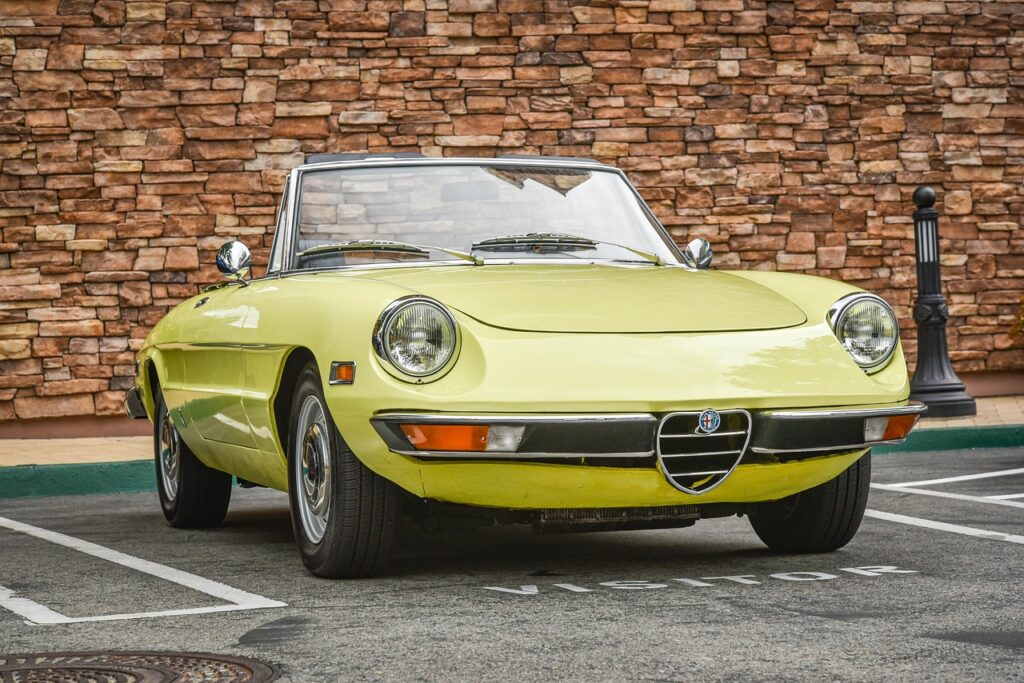
13. **Strategic Pros for Buyers and Sellers at Auction**Navigating the auction landscape can be a highly strategic move for both buyers and sellers, offering a distinct set of advantages not always found in private transactions. For buyers, the foremost benefit is the sheer **wide selection and rarity** of vehicles available. Auctions often consolidate a broad array of classic and collectible cars in one place, whether physical or online, providing unparalleled access to rare automobiles that might otherwise remain undiscovered in private listings. Major auction houses meticulously curate collections from around the globe, making it possible for buyers to find everything from a vintage Aston Martin to a limited-edition modern hypercar.
For sellers, the advantages are equally compelling, starting with the **global audience and marketing reach** provided by auction houses. They project your car onto a global stage, leveraging extensive advertising, featuring it in glossy catalogs, and showcasing it at high-traffic events or on prominent websites. This vastly greater exposure, compared to a private listing, can generate significant buzz and, crucially, lead to a bidding war that drives the sale price beyond initial expectations.
The competitive nature of the auction format itself is a significant pro, as **competitive bidding can boost the price**. If two or more determined bidders truly desire your car, the competitive spirit and inherent fear-of-missing-out often propel prices higher than a single buyer might offer in a one-on-one negotiation. This dynamic, particularly for cars with broad appeal, can yield top-of-market or even record prices on the day of sale. Furthermore, auctions offer a **quick sale and clear terms**. When you consign a car, the sale, if successful, is typically completed within a defined timeframe—the auction date or a fixed online period—which is often much faster than the protracted process of private sales. Payment is usually prompt, and the terms (commission, reserve price) are set in advance, simplifying the process with no post-sale haggling; the auction hammer is final.
Finally, sellers benefit immensely from the fact that the **auction house handles transaction logistics**. This includes managing paperwork, collecting payment, and often arranging initial transportation from the seller to the auction site. They also verify buyer funds, significantly reducing hassle and risk for the seller, acting as a relatively turnkey service. Additionally, selling at a renowned auction (like Pebble Beach or Amelia Island) can add **prestige and networking opportunities** to a car’s provenance, creating a notable historical footnote and allowing consignors to connect with other influential collectors and buyers.
Read more about: Expert Insights: Understanding Why Baby Boomers Are Downsizing Their Classic Car Collections Amidst Market Shifts

14. **Strategic Cons for Buyers and Sellers at Auction**While auctions offer undeniable benefits, both buyers and sellers must carefully weigh the strategic disadvantages inherent in the format. For buyers, the most immediate financial consideration is the **buyer premiums and fees**. The hammer price is rarely the final cost; buyers typically incur a premium, ranging from 10–15% at live auctions to around 5% or a flat fee on online platforms. This can significantly inflate the total cost, requiring careful budgeting, and additional administrative, transportation, and potential sales tax/VAT charges may apply.
Beyond cost, buyers often face a **high-pressure environment**. Auctions create a sense of urgency, with mere seconds to decide on a higher bid. This pressure can trigger impulsive bidding or “auction fever,” where emotion can override rational judgment, leading to overpayment. While online auctions offer a slightly different form of pressure with countdown clocks and last-minute bid extensions, the competitive tension remains palpable. Another significant concern is **limited inspection and uncertainty**. Unlike private sales where extensive due diligence is possible, auction buying typically offers only a brief preview or reliance on photos and descriptions. Cars are sold “as is,” without guarantees post-sale, meaning undisclosed issues could emerge, and there’s an inherent risk of unanticipated repairs or flaws missed during a rushed inspection. Furthermore, **strong competition for top cars** means that targeting popular models or star lots ensures fierce bidding, often driving prices to top-dollar without any opportunity for negotiation. Lastly, **logistics and travel** for live auctions add costs and inconvenience, and arranging transport for a winning bid can be complex, especially for international purchases.
Sellers, too, face their own set of drawbacks, beginning with **seller fees and commission**. Auction houses charge consignors a commission, typically 5–10% of the sale price, or a flat consignment fee (online platforms may also charge listing fees and a percentage). This means a portion of the hammer price goes to the auction house, and even if a car fails to meet its reserve, sellers may still owe entry or transport fees. The **risk of no sale (or selling below expectation)** is a significant concern. There’s always a chance a car won’t meet its minimum reserve price and remain unsold. While the seller retains the car, the public record of a no-sale can deter future buyers, and opting for a no-reserve auction, while guaranteeing a sale, risks the car selling for a surprisingly low price if bidders don’t materialize. In a softer market, even quality cars might hammer below pre-sale estimates, making auctions a gamble.
Additionally, sellers incur **preparation and presentation costs**, including detailing, minor reconditioning, professional photography, and transport to the venue, along with the opportunity cost of time the car is off-market. There’s also a **loss of negotiation control**; once a car is on the block, the seller loses the ability to vet buyers or engage in ongoing negotiation—the highest bidder wins, with contractual obligations. Finally, **market timing and dependency** mean a car’s fate can be influenced by external factors like the auction’s schedule, lot number, or broader market sentiment (e.g., a stock market dip), introducing an element of luck largely beyond the seller’s control.
Read more about: Expert Insights: Understanding Why Baby Boomers Are Downsizing Their Classic Car Collections Amidst Market Shifts
The collector car market of 2025 is a tapestry woven with threads of stability, evolving tastes, and strategic considerations. For both buyers and sellers, understanding these dynamics is paramount. While the market has cooled from its speculative frenzy, it has matured into a more rational and predictable environment. For buyers, this means more opportunities to acquire desirable vehicles at fair value, though top-tier cars remain in high demand. For sellers, while competition is real and preparation crucial, the right car in the right venue can still achieve exceptional results. Whether now is a good time to buy or sell hinges entirely on individual goals and the specific car in question, but one thing is certain: the lessons learned from the auction block today offer an indispensable guide to a fascinating and enduring passion.

